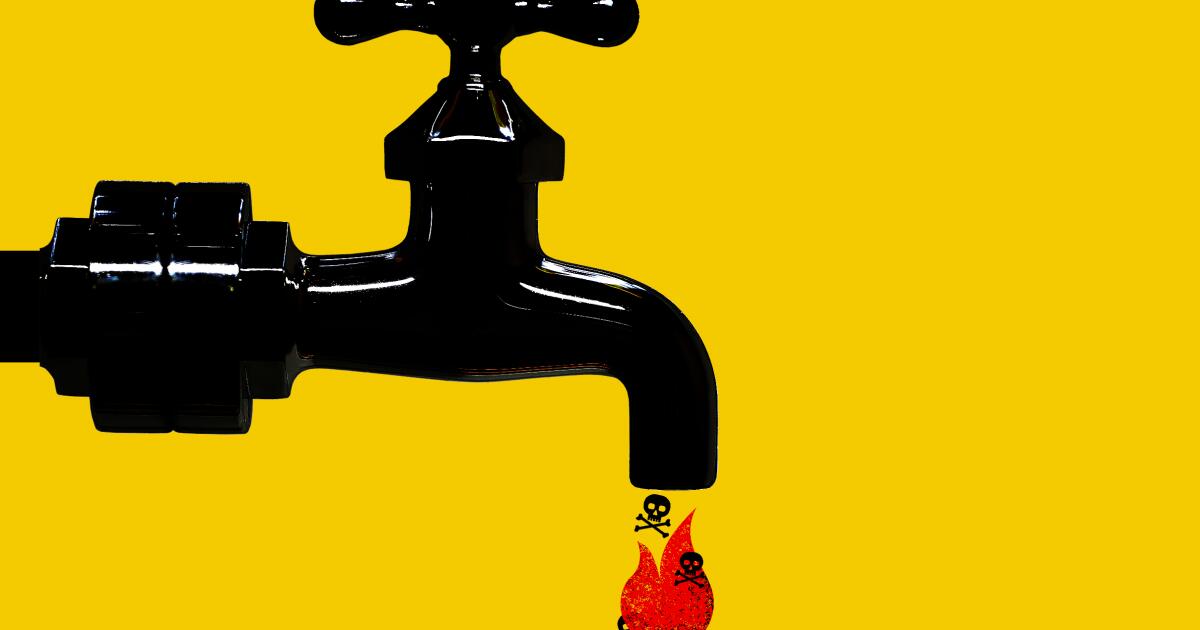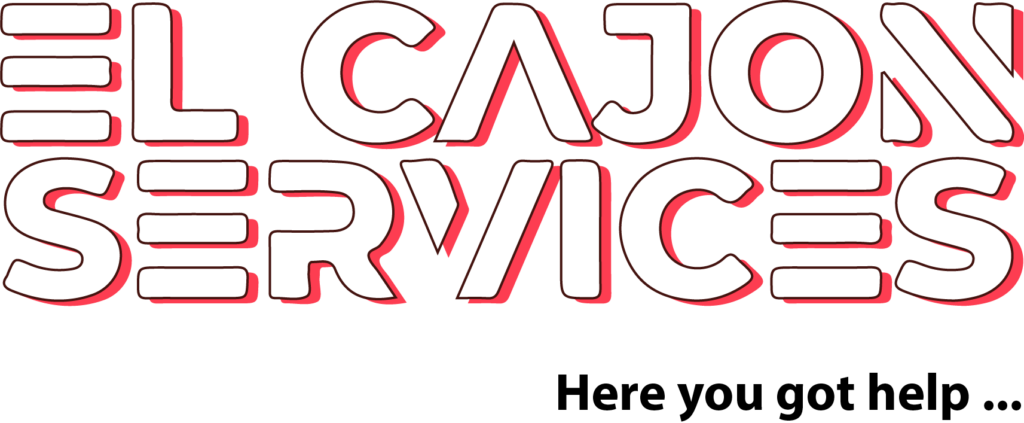Your Local SEO and Digital Marketing Experts in San Diego County
For years rumors swirled about a cult living on the secluded property at the end of Fair Oaks Avenue in the San Gabriel Mountain foothills bordering Altadena. There were stories of wild bacchanals involving nudists, and grand parties attended by the likes of artist Andy Warhol, jazz musician Charlie Parker and Nobel laureate physicist Richard Feynman.
Since 1946, the Zorthian Ranch had served as a haven for artists and creatives who wanted to escape the confines of urban living and find their bliss in a rustic paradise. The sculptor who founded the ranch, Jirayr Zorthian, transformed discarded objects into art. His family carried on that legacy after his death in 2004, and the property lived on as a sort of outdoor museum featuring artwork by established and new artists alike.
But last week, the Eaton fire ripped through the property, leaving mostly ashes in its wake. Jirayr’s son, Alan Zorthian, who oversees the ranch, fought alongside others to save the 40-acre estate and its eclectic collection of sculptures and artwork.
The Zorthian Ranch, pictured in March 2019, came to encapsulate an eccentric, untamed slice of Altadena.
(Hannah Taylor)
The ranch had survived wildfires in the past. Its caretakers had firefighting equipment, hoses and standpipes at the ready to draw water across different points of the property. But this firestorm, driven by hurricane-force winds, proved too fast and overwhelming. The blaze consumed every structure on the property save for two — the main house where Alan was raised and a mid-century home know as the “green house.”
But Alan’s one bedroom cottage, his father’s studio, the various barns and outbuildings that supported the farming operation and countless pieces of art are gone.
“I don’t know if I can duplicate 57 years of work,” Alan, 66, said this week, referencing the years his father devoted to establishing the ranch. A steel container that stores some of his father’s artwork survived, he said, but he’s afraid to open it; the outer shell shows signs of heat damage.
“I start to feel bad about the cultural infrastructure that we’ve lost,” Alan said. “But then I look around and I see what other people have lost. I mean, our whole area has lost everything.”

A stand pipe at Zorthian Ranch ran dry as Alan Zorthian attempted to fight the flames of the Eaton fire.
(Myung J. Chun / Los Angeles Times)
After erupting Jan. 7, the Eaton fire devastated large swaths of Altadena, a community of 42,000 residents, destroying more than 4,600 structures and killing at least 16 people. In some areas, entire blocks of homes were razed. The Bunny Museum, Pasadena Waldorf School and Zane Grey Estate are among the historic landmarks destroyed.
The Zorthian Ranch had come to encapsulate an untamed slice of Altadena: It was a brazenly bohemian scene, cloaked by forest, that attracted a range of artists, scientists and musicians. Bears, coyotes and mountain lions were regular visitors. Beehives, pig pens and horses coexisted. On clear days, the ranch offered a nearly panoramic view of downtown L.A. and Catalina Island.
Alan evacuated the property during the early hours of Jan. 8, leaving behind key documents and nearly all his belongings. He was forced to abandon his Jeep after the wooden bridge connecting the upper and lower portions of the ranch was incinerated. He crossed a deep gully full of ember and ash to escape.
“That was a barn,” he noted, pointing to a pile of rubble. His office, where he worked on architectural projects, was gone. Near the ruins of what was once his father’s art studio, he bent to pick up a piece of shattered white Masonite board. It was all that remained of a painting his father had crafted after an acrimonious divorce with his first wife.
The painting, titled “The Divorcement,” depicted Jirayr’s former mother-in-law in an unflattering light, and as part of the divorce settlement, could not be shown while Jirayr and his ex-wife were alive. But after their deaths, the painting was hung in a multipurpose room that doubled as a gift shop.
“There’s nothing left,” Alan said, defeated. He dropped the piece, which landed with a sharp crack. “It’s all gone.”

The “Wall of Passion,” which Jirayr Zorthian created as a tribute to physicist Richard Feynman, survived the Eaton fire.
(Myung J. Chun / Los Angeles Times)
Jirayr Zorthian and his family fled the Armenian genocide when Jirayr was 11. They ended up on the East Coast, and Jirayr eventually studied fine arts at Yale University on a scholarship. He served in the military during World War II, and after his Turkish language abilities were no longer needed, was tasked with creating propaganda. He painted a 157-foot mural titled “Phantasmagoria of Military Intelligence Training.” Photocopy plates of the mural survived the fire.
In 1945, Jirayr and his first wife, Betty Williams, bought 27 acres in the foothills of Altadena. After they divorced, Zorthian kept the land and continued to expand along the rugged foothills. He married Dabney, Alan’s mother, and together the couple ran the “Zorthian’s Ranch for Children” summer camp for more than 25 years.
With friends and fellow artisans, they would throw alchohol-fueled parties where Jirayr would dress in a toga, as “Zor-Bacchus,” and nude women would feed him grapes. They famously hosted tryouts for the Doo Dah Parade queen, an irreverent counter to Pasadena’s Rose Parade.

A view of downtown Los Angeles from a fire-damaged terrace at Zorthian Ranch.
(Myung J. Chun / Los Angeles Times)
For Alan, growing up on the ranch meant learning how to live off the land. He fed the pigs and horses and helped at the summer camp. Feynman even helped him with his algebra homework, he recalled. But when he turned 21, a trip to Europe exposed him to a life beyond the ranch, and he left to study architecture in San Diego.
He found himself back at the ranch in 2006, after both his parents died, to help manage it with his sister Alice. Over the years, their father, who opined on the wastefulness of Americans, had accumulated discarded objects and found ways to introduce them into his art. The property was cluttered with telephone poles, car doors, old trailers, broken concrete.
Alan said he was determined to create a “museum with no walls” that would showcase art created at the ranch. His daughters, Julia and Caroline, grew up spending weekends and summers there, running around property decorated in intricate sculptures and meeting people from around the world.
“The place itself was a sort of magical, deep labyrinth that was full of nooks and crannies of strange objects, out in the elements to be enjoyed by whoever wanted to walk by,” said Julia, now 29.

A bull and a cow that proved too difficult to evacuate during the Eaton fire remained in their pen at Zorthian Ranch and survived.
(Myung J. Chun / Los Angeles Times)
She moved to the ranch as a young adult, dropping out of college to help her father manage the ranch when it hit a precarious period of financial instability. They needed to find a way to stay true to their roots, she said, while also creating a viable business.
In recent years, the family transitioned the property into a working farm. They maintained four gardens, growing squash, potatoes, watermelons and oranges, and sold their honey. A community of about 20 people lived and worked at the ranch as docents, hosting drawing and yoga classes. Airbnb became a primary source of income, as artists rented out structures on the property, including Jirayr’s former art studio.
The family has launched a GoFundMe to keep the ranch afloat. So far, they’ve raised a little more than $100,000, with notes from people who remembered their time there.
But already, Alan said, he’s getting calls from real estate agents vying to buy out area residents and develop their land. The family is intent on keeping the property and returning the ranch to its former glory. As Alan sifted through the debris, he eyed a melted strip of aluminum.
“I guess we’ll have to make art out of this damn fire,” he said.










